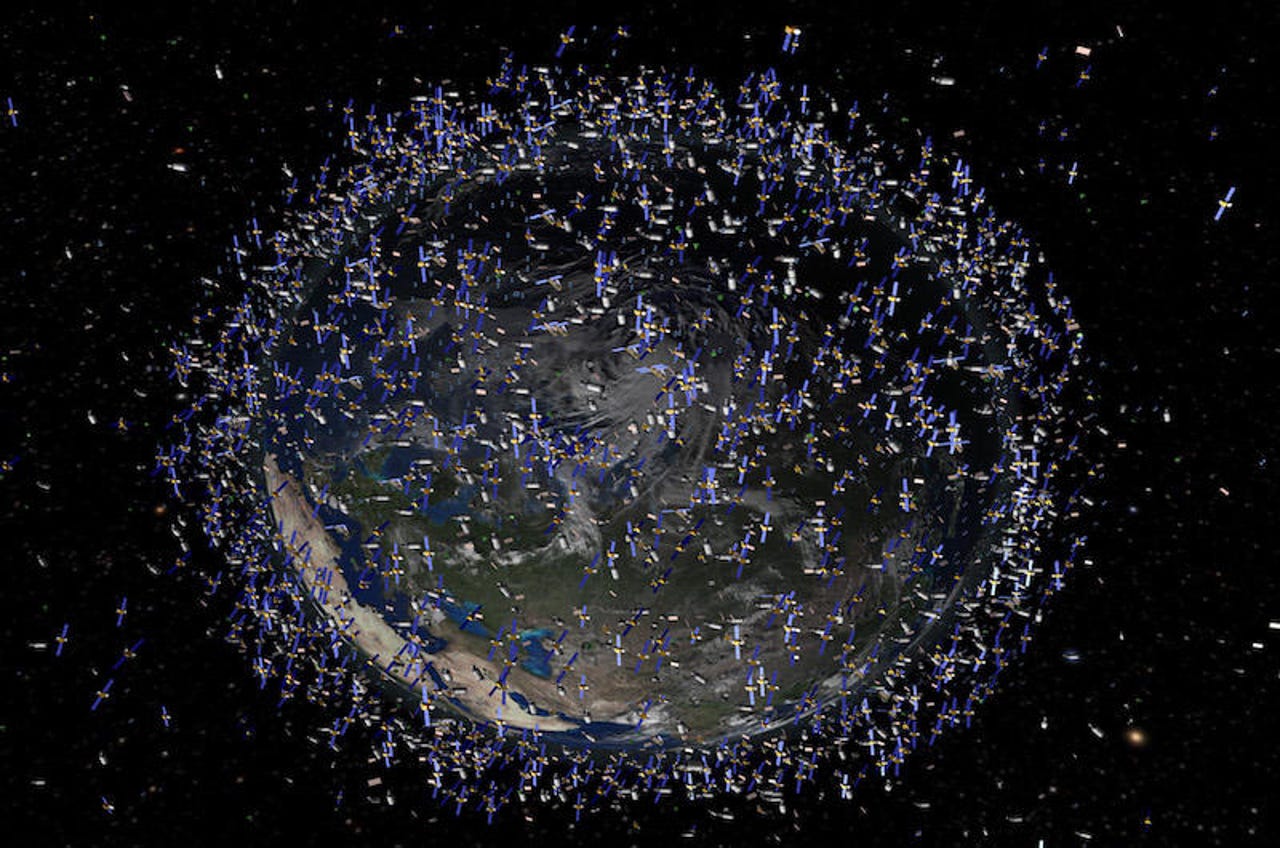Repairing dead satellites with robots


There are more than 8,000 manmade objects orbiting earth, and a large portion of those no longer perform any function. Space debris is of increasing concern as barriers to launching satellites continue to fall, and the problem is only getting worse.
Rehabilitating and updating dead satellites could slow the space debris problem. The only catch is that working on satellites in space is prohibitively expensive.
But robots could help. A company called Olis Robotics has announced receipt of a grant from the U.S. Air Force to streamline the control systems of robots that could operate in space to make satellite rehab practical. The Small Business Innovation Research (SBIR) grant, which begins with an initial $50,000 and could lead to as much as $1.5M in future funding, will go to advancing Olis's AI-driven software platform.
Formerly known as BluHaptics, Olis has eschewed hardware to focus on a software platform that can expand the capabilities of pilot-controlled service robots in dynamic environments like space, deep oceans, and various field operations. The software is designed to improve robotic dexterity, precision, efficiency, and overall mission success, as well as to bring multiple piloted field robots under one streamlined control module.
Also: How iRobot used data science, cloud, and DevOps to design its next-gen smart home robots (cover story PDF) (TechRepublic)
Must-see offers
The need for such a system points to a fault with a lot of robotics development today. Companies focused on practical automation hardware aren't necessarily well-positioned to create streamlined robotic control interfaces. Many robotics companies ship systems with control software that isn't well developed. Olis, founded in 2013 as a spinout of the Applied Physics Lab at the University of Washington, provides an aftermarket control solution for the most demanding imaginable cases, such as mining and infrastructure applications, deep sea infrastructure work, or, in the case of the Air Force grant, satellite repair in space.
The software approach also adds a lot of smarts to existing robots. The machine learning capabilities of Olis's platform could enable robots servicing satellites in orbit to assist pilots by performing multiple tasks with progressive levels of autonomy, for example, reducing pilot error, increasing the probability of mission success, and ultimately extending the service life of satellites.
"We're pleased to be working with the Air Force to help extend the life of existing satellites, potentially saving hundreds of millions of dollars, with the precision to refuel, repair, or update components while the satellites are in orbit," Olis Robotics' CEO Don Pickering stated. "Olis Robotics' progressive autonomy software platform enables the ability to use robotics in orbit to service satellites and reduce the cost of maintaining and upgrading existing satellite systems."
As part of the funding, the U.S. Air Force will receive a detailed data on safely, precision, and efficiency improvements brought by the Olis platform.